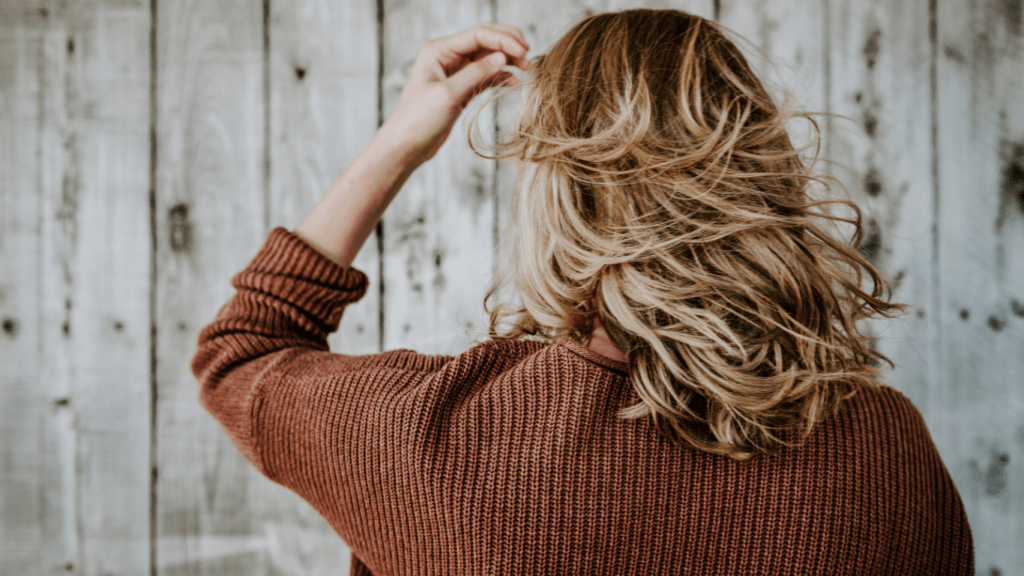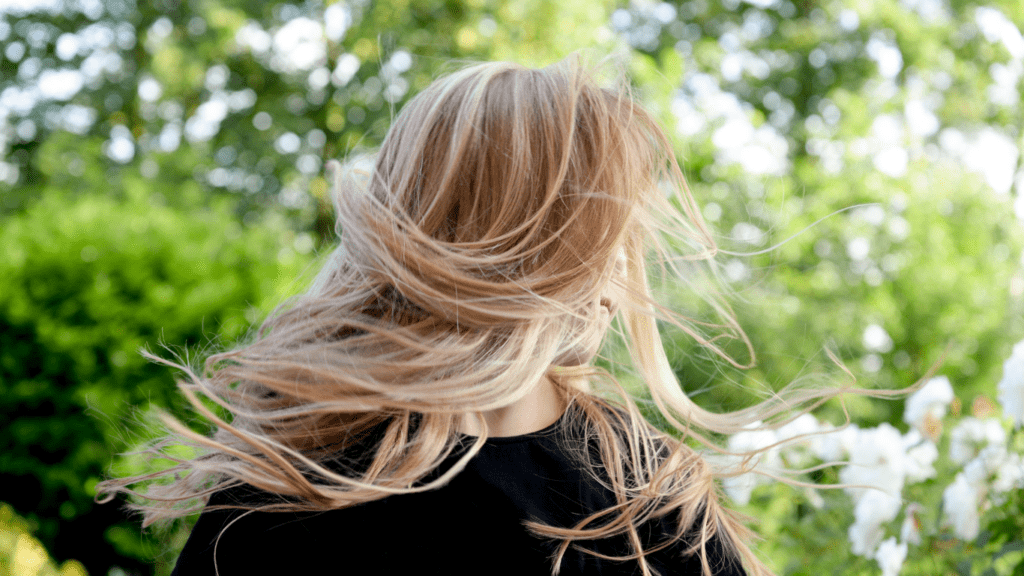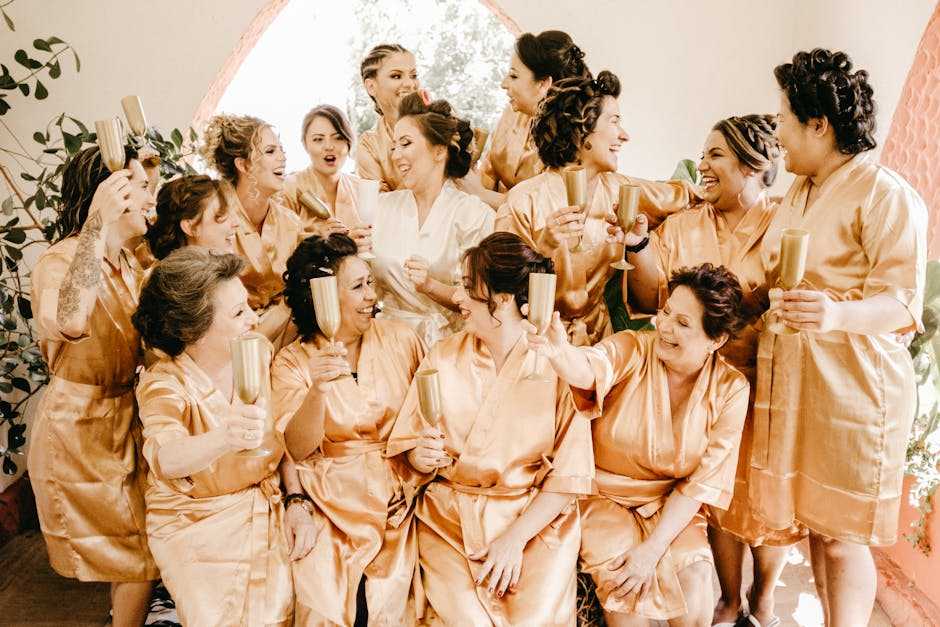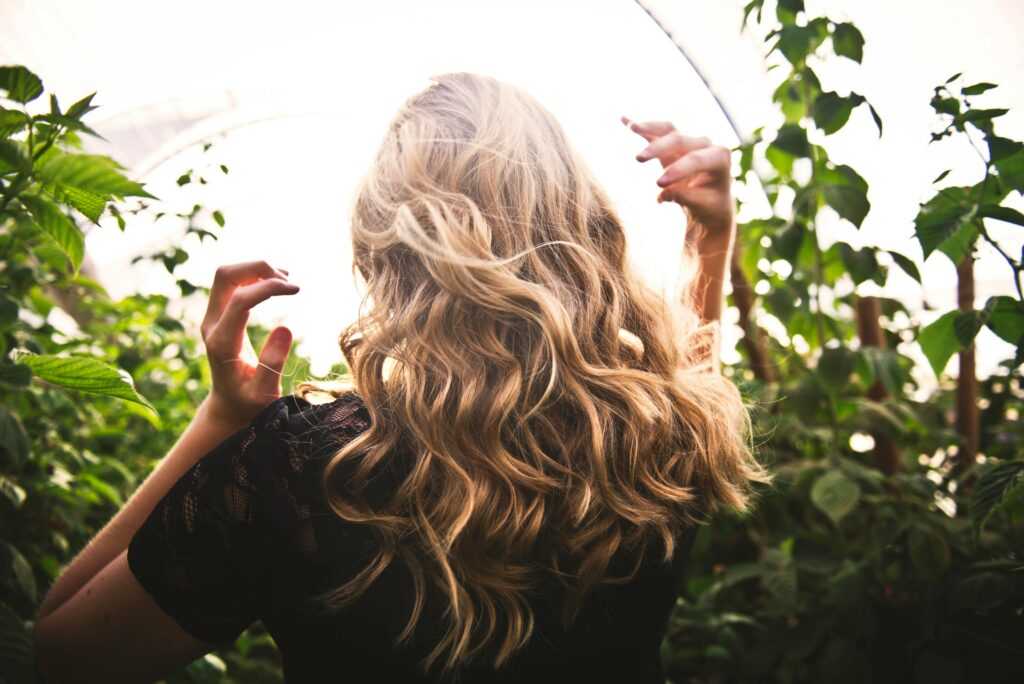Understanding Layers in Haircuts
Layers in haircuts aren’t just visually appealing; they play a critical role in adding volume and movement. Layered haircuts involve cutting different sections of hair at varying lengths. This method can remove weight from thicker hair or add volume to fine hair, making it versatile.
Stylists achieve layers through different techniques. Face-framing layers enhance facial features while long layers create a balanced, flowing look. Blunt layers give an edgy, modern appearance. The type of layer depends on hair texture and desired outcome.
Layered cuts work for all hair lengths. In short hair, layers create an illusion of thickness and dimension. Medium-length hair benefits from enhanced movement and versatility. Long hair gains volume and avoids a weighed-down appearance.
The direction of layers affects the final hairstyle. Forward-facing layers offer a soft, rounded look, while backward-facing ones add a sharp, voluminous effect. Choosing the correct direction ensures the layers complement the overall style.
Regular maintenance keeps layered haircuts fresh. Trim every 6-8 weeks to avoid split ends and maintain the shape. Proper styling and product use also enhance the full potential of layered haircuts.
Incorporating layers into haircuts provides versatile options for achieving desired volume and movement.
Benefits of Layered Hairstyles

Layered hairstyles provide numerous advantages that enhance both the appearance and manageability of hair.
Adding Volume
Layered hairstyles add volume by creating a fuller look. By cutting hair at different lengths, weight is removed from the ends, lifting the hair and adding body. Fine hair, for example, achieves a thicker appearance through strategically placed layers. Layers also help distribute natural oils evenly, maintaining a healthy shine without flattening the hair.
Enhancing Movement
Layers enhance movement by creating a dynamic shape in the hair. This is particularly beneficial for straight or wavy hair that lacks natural texture. For instance, face-framing layers soften the facial features, adding dimension. Long layers, on the other hand, provide fluidity and bounce, making hair appear lively and less static. Properly executed layers ensure that even curly hair gains defined and manageable curls.
Types of Layered Hairstyles
Layered hairstyles can transform the look and feel of your hair, adding volume, movement, and dimension. I’ll break down the common types of layered hairstyles based on hair length.
Short Layered Hairstyles
Short layered hairstyles create a textured and voluminous appearance. These cuts work particularly well for those with fine hair, adding movement and fullness. Popular options include pixie cuts, which combine short layers to give a tousled, edgy look, and chin-length bobs with subtle layers that frame the face.
Medium Layered Hairstyles
Medium layered hairstyles offer versatility and can complement various face shapes. These styles often include shoulder-length cuts with layers starting around the chin. Examples include the shag haircut, featuring messy layers for a lived-in look, and the layered lob, which provides a sleek and polished feel while maintaining body.
Long Layered Hairstyles
Long layered hairstyles bring volume and fluidity to lengthy locks. These styles prevent hair from looking flat or weighed down. Common choices include U-shaped cuts where layers start at different lengths, ideal for adding dimension, and V-shaped cuts with long, flowing layers that offer an illusion of length while boosting movement and texture.
Styling Tips for Layered Hair
Layered haircuts offer volume and movement, making styling easier and more dynamic. Follow these tips to keep your layers looking their best.
Recommended Products
Using the right products is essential for layered hair. Volumizing shampoos and conditioners lift the hair at the roots, adding fullness. Heat protectant sprays guard against damage while styling tools like blow dryers and flat irons. Mousse or foam boosts volume and keeps hair bouncy. Lightweight serums add shine without weighing hair down.
Techniques for Maintenance
Regular trims keep layered hair looking fresh, preventing split ends and maintaining shape. Drying hair upside down adds volume at the roots and enhances the overall look. Use a large round brush when blow drying to add smoothness and curl. For wavy and curly hair, diffuse-drying helps define layers and reduces frizz. Avoid heavy styling products that can flatten layers, opting for lightweight formulas instead.
Popular Layered Hairstyles in 2023
- Long Layered Waves
- Long layered waves add movement and volume. Stylists often create soft layers, which make hair appear fuller. For example, wavy hair gains natural lift, making this style versatile and suitable for various face shapes.
- Shaggy Layers
- Shaggy layers are back with a modern twist. This style typically features choppy ends and works well for medium-length hair. It complements textured hair, offering an effortless, edgy look. Stylists use a razor to achieve the shaggy effect.
- Layered Bob
- The layered bob combines the classic bob cut with varying lengths of layers. It gives fine hair more body and thickness. This shoulder-length style is ideal for those wanting an easy yet stylish look. This cut frames the face nicely, offering a sleek appearance.
- Feathered Layers
- Feathered layers provide a soft, feather-like look. This technique involves cutting hair at angles, creating lightness and volume. It suits longer lengths and works well with straight or slightly wavy textures.
- Choppy Pixie
- The choppy pixie is a bold choice. This short style features uneven layers, adding dimension and texture. It’s perfect for those seeking a low-maintenance yet chic option. The choppy layers give the pixie cut a modern, playful twist, making it stand out.


 Creative Director at Divine Glamour Trail, is the visionary behind the platform, which is dedicated to bringing readers the latest trends in hairstyles, beauty, and skincare. With a passion for timeless fashion and expert style guidance, George provides tips, secrets, and updates that empower individuals to enhance their personal style. His platform is a go-to source for anyone looking to stay ahead in the fashion game, combining modern trends with timeless elegance to help readers feel confident and look their best.
Creative Director at Divine Glamour Trail, is the visionary behind the platform, which is dedicated to bringing readers the latest trends in hairstyles, beauty, and skincare. With a passion for timeless fashion and expert style guidance, George provides tips, secrets, and updates that empower individuals to enhance their personal style. His platform is a go-to source for anyone looking to stay ahead in the fashion game, combining modern trends with timeless elegance to help readers feel confident and look their best.
